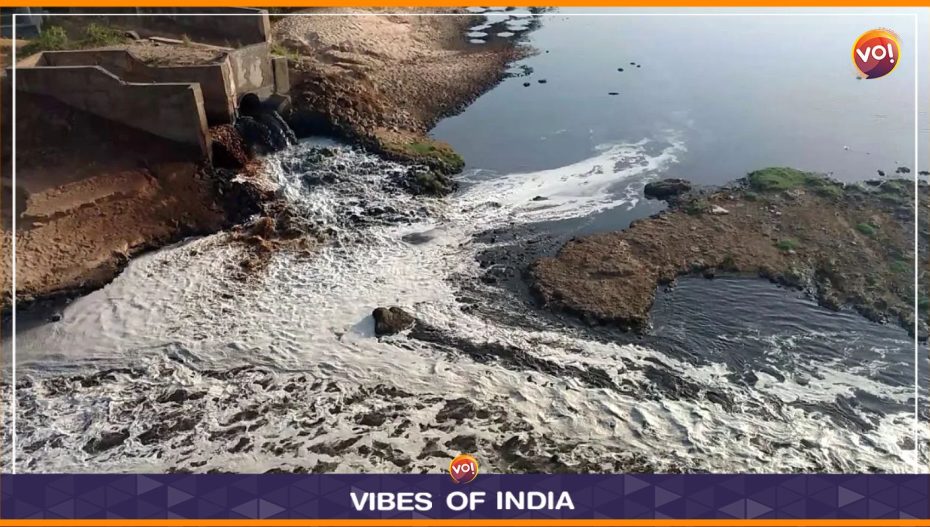The Sabarmati, declared the second-most polluted river in India, is in the news again, with the Ahmedabad Municipal Corporation’s (AMC) recently issuing notices to over 5,000 organisations for failing to meet pollution-control levels and pumping large amounts of polluted effluent into it.
Meanwhile, as per the media report, the importance of the AMC and Gujarat Pollution Control Board (GPCB) meeting different standards for the treatment of sewage and industrial effluent discharged into the river.
“The AMC’s sewage treatment plants (STPs) must follow stricter standards than the seven common effluent treatment plants (CETPs) overseen by the GPCB. Municipal STPs must maintain lower levels of biochemical oxygen demand (BOD) and chemical oxygen demand (COD), which are indicators of organic pollution, than CETPs. For instance, COD standards for municipal STP outlets is 30mg per litre, CETP outlets have to ensure COD limits of 250mg/l,” part of the article reads.
It alluded to August 21 when AMC sampled CETP-treated wastewater from the industrial ‘mega line’. The AMC, the write-up highlighted, found that the COD levels were 506 mg/l, which was double the CETP limits.
Even the BOD levels didn’t meet the required quality specifications. It should be 10 mg/l or lower for municipal STPs, but was found to be 156 mg/l at the megaline outlet for CETPs.
“The Sabarmati receives more polluted water from CETPs than from STPs, making it difficult to control river pollution,” a senior AMC official told TOI.
The report added that AMC is upgrading some of its older STPs: the 60 million litres per day (MLD) plant at Kotarpur, the 60 MLD STP plant at Jalvihar and the 48 MLD one at Vasna, which mandate stringent BOD standards of 10 mg/l and COD of 50 mg/l.
Also Read: Tamil Nadu Man In Police Net For Suspicious Movement Near Indo-Pak Border In Kutch












